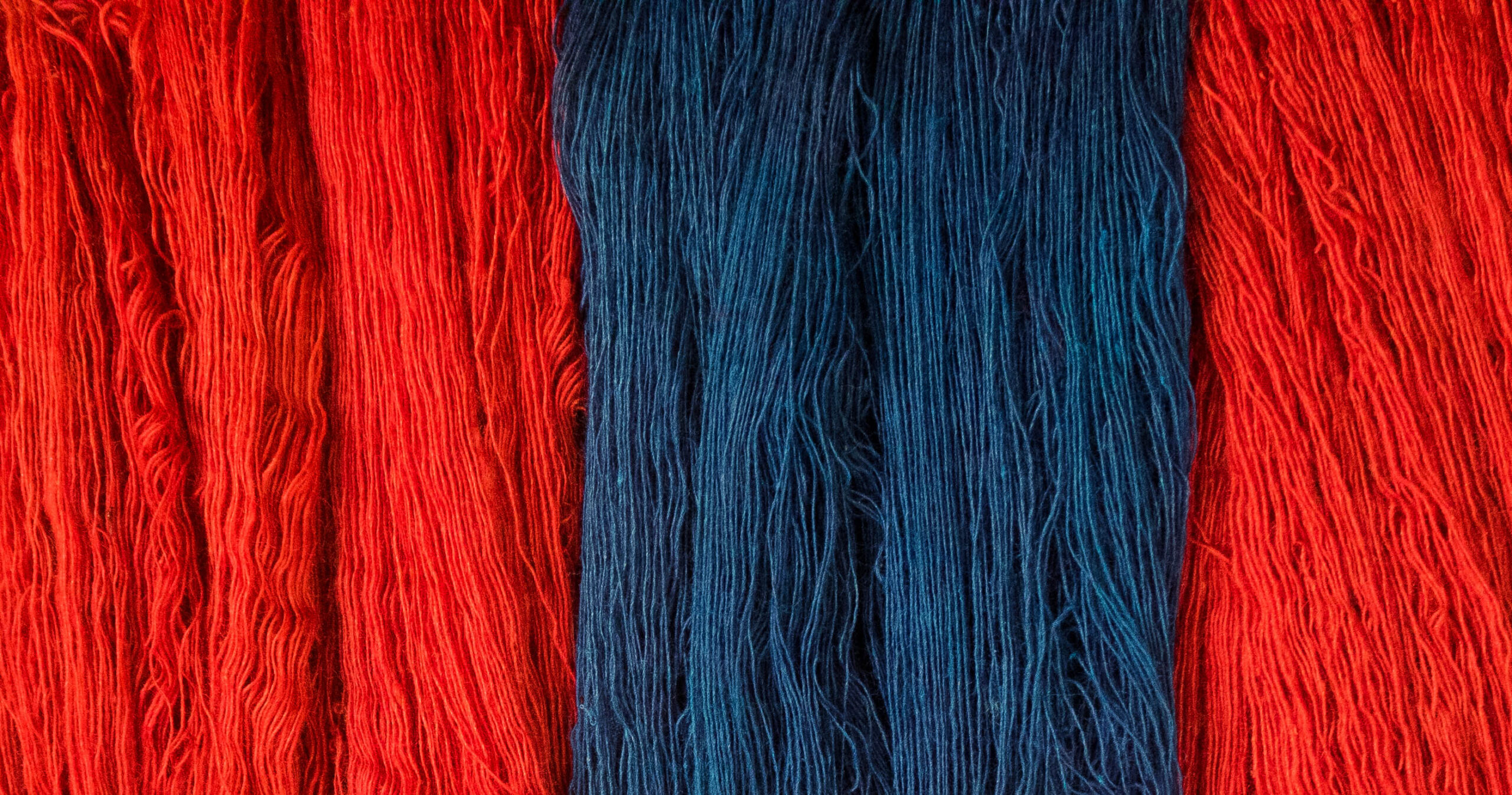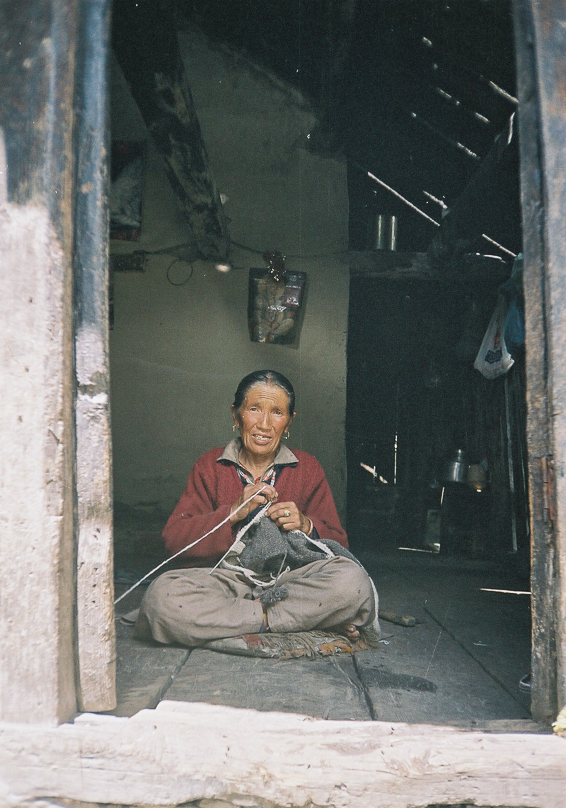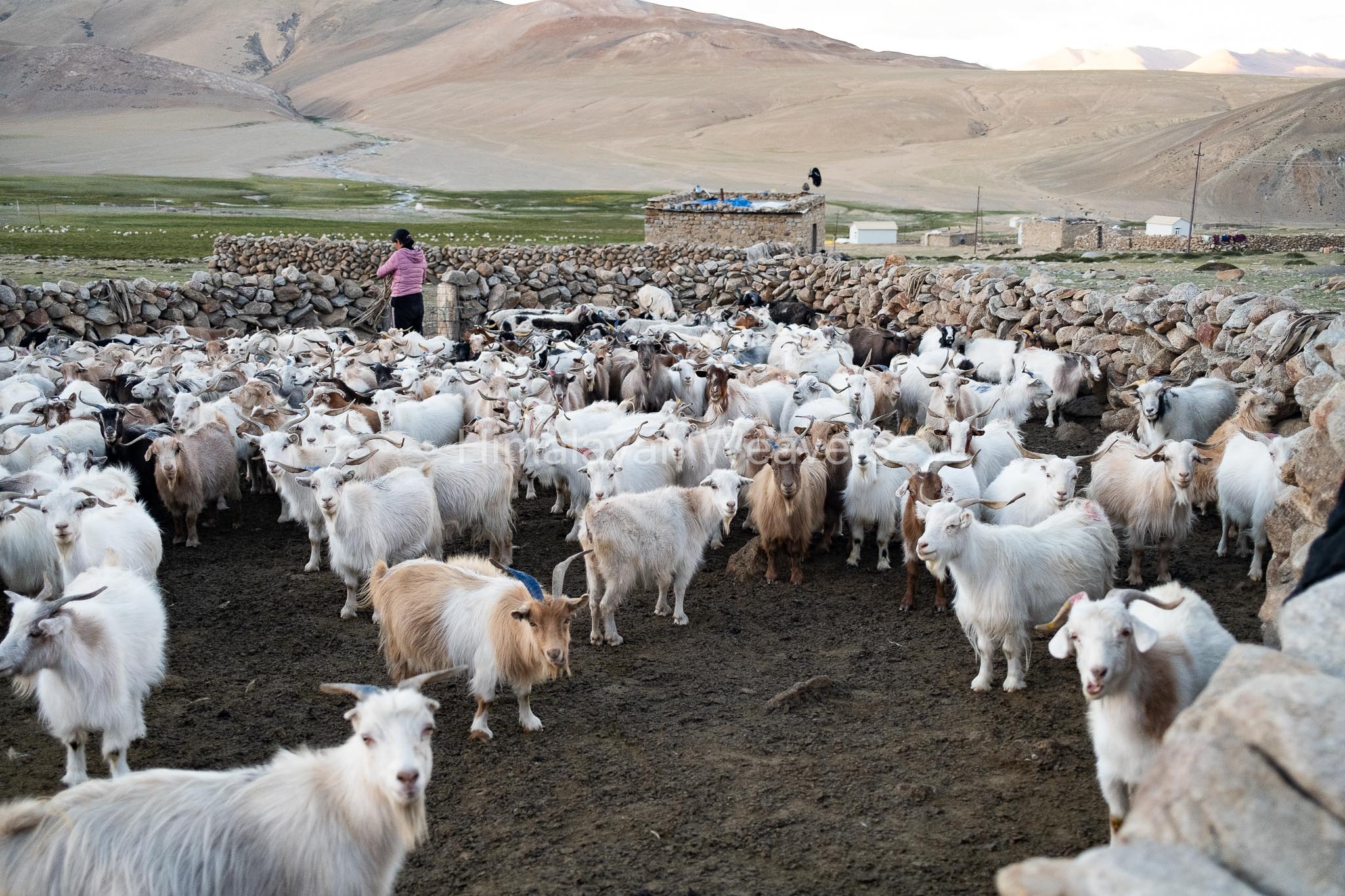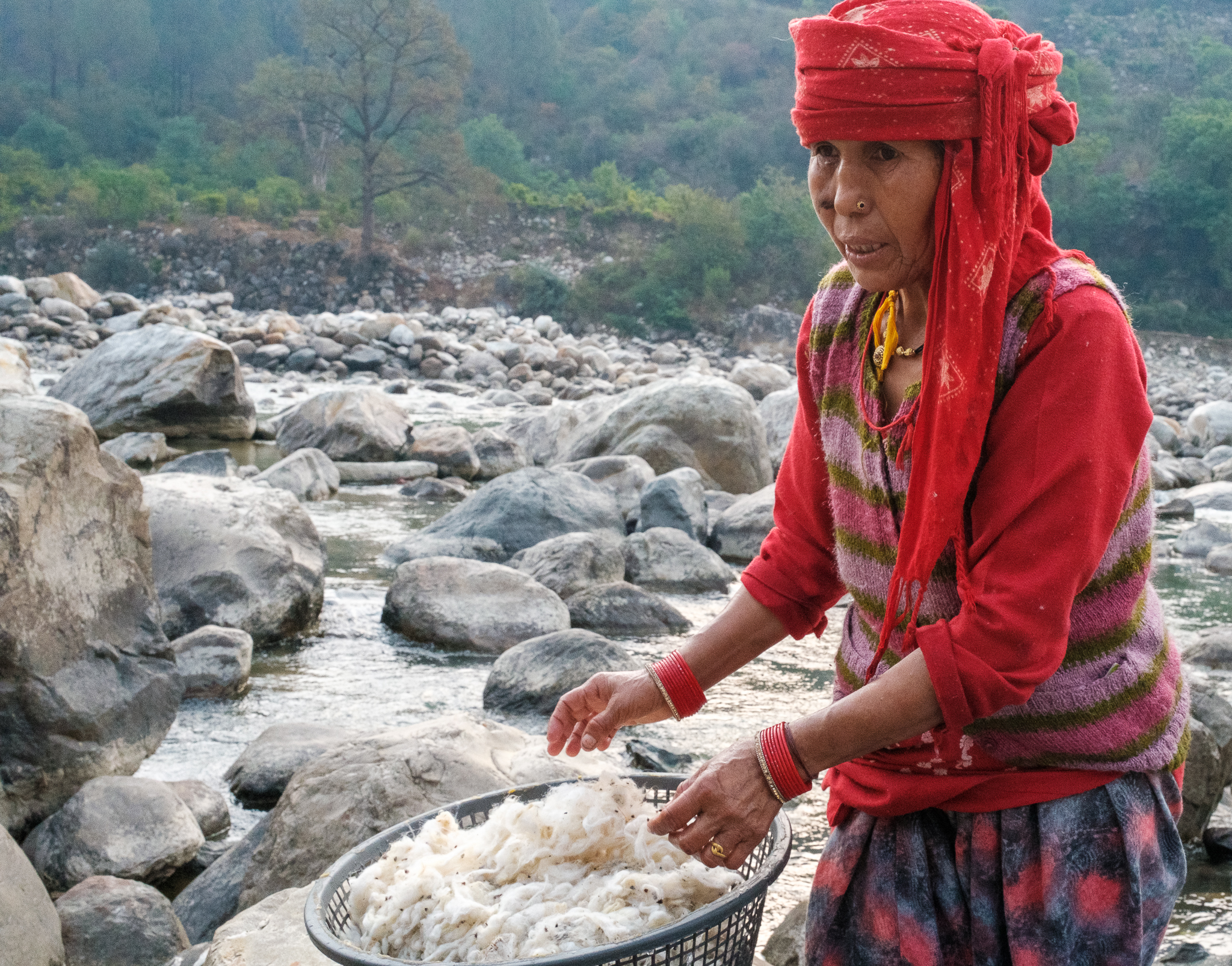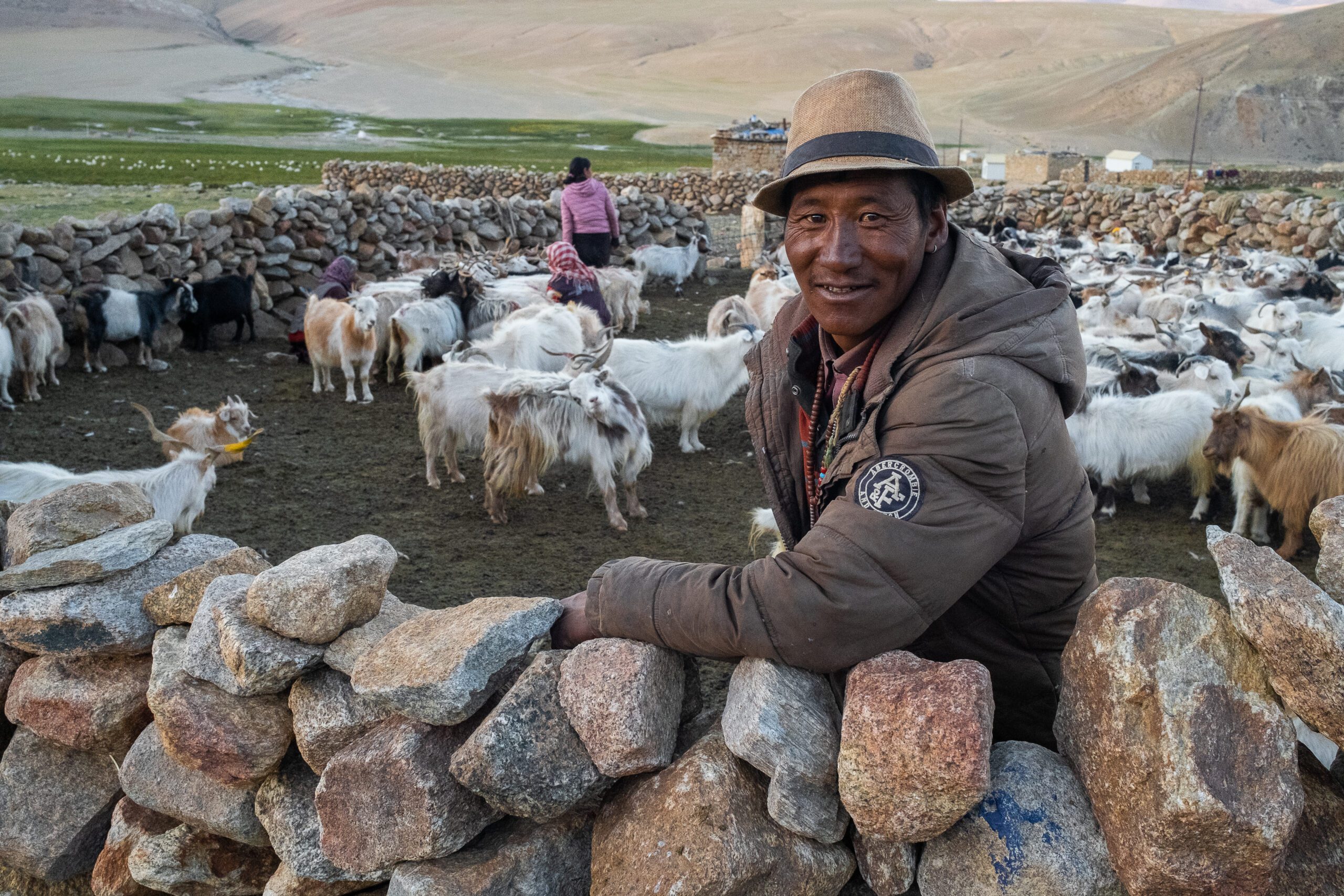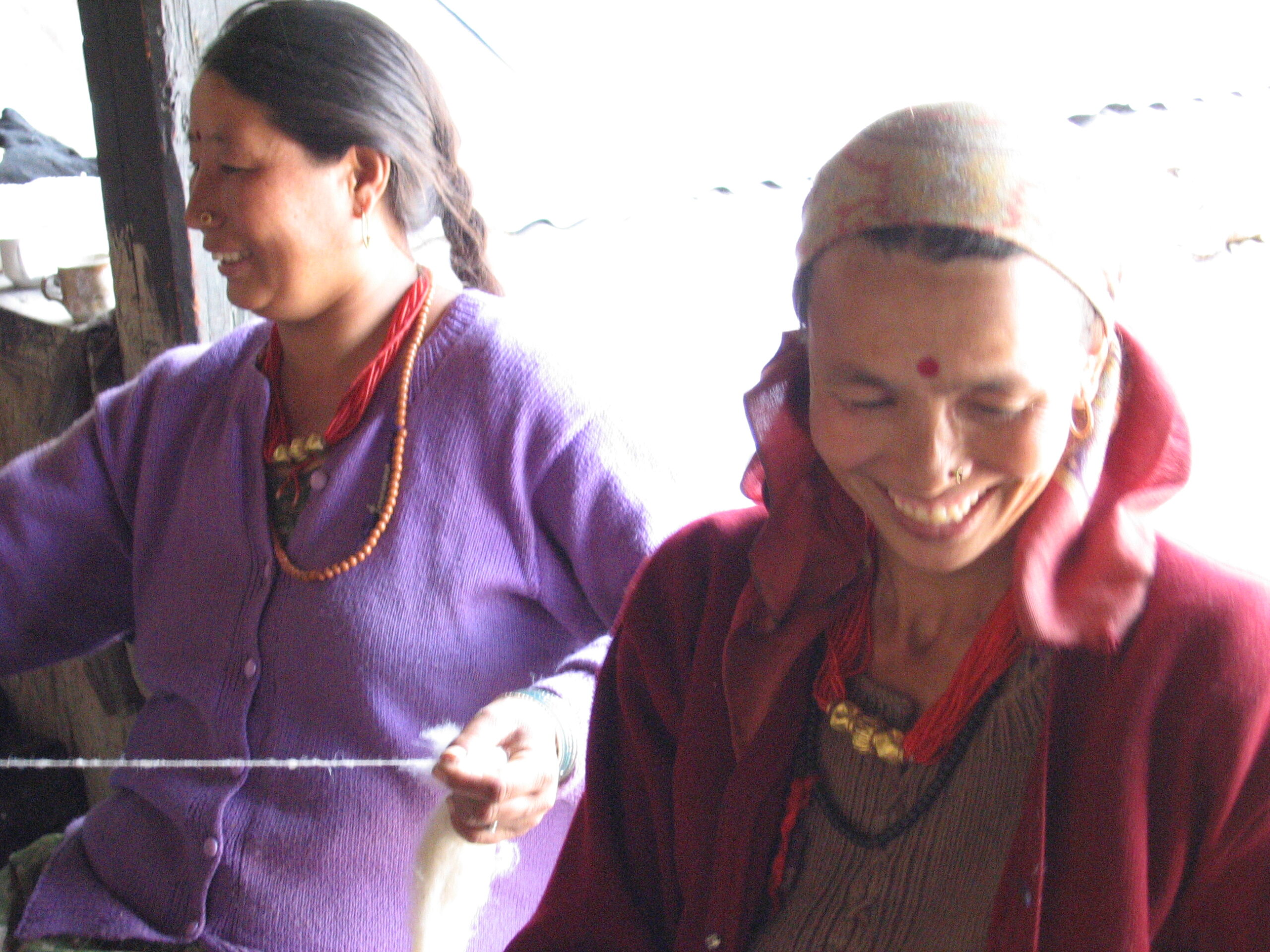
Himalayan Wool
Wool production in India Although a large user of wool, India is not an important producer; it accounts for less than 2% of the world’s wool production. China and Australia, two of the largest producers, together account for about 45% of global production. India’s yearly production is around 33-35 million


